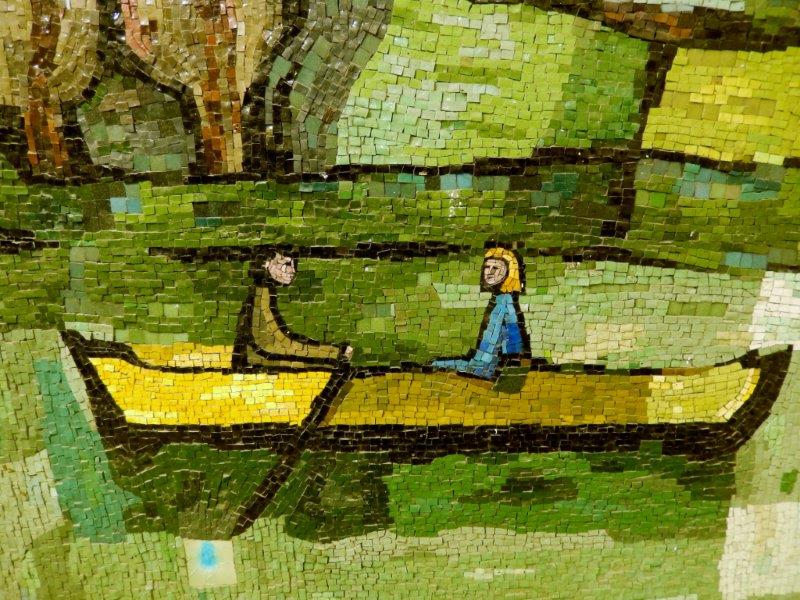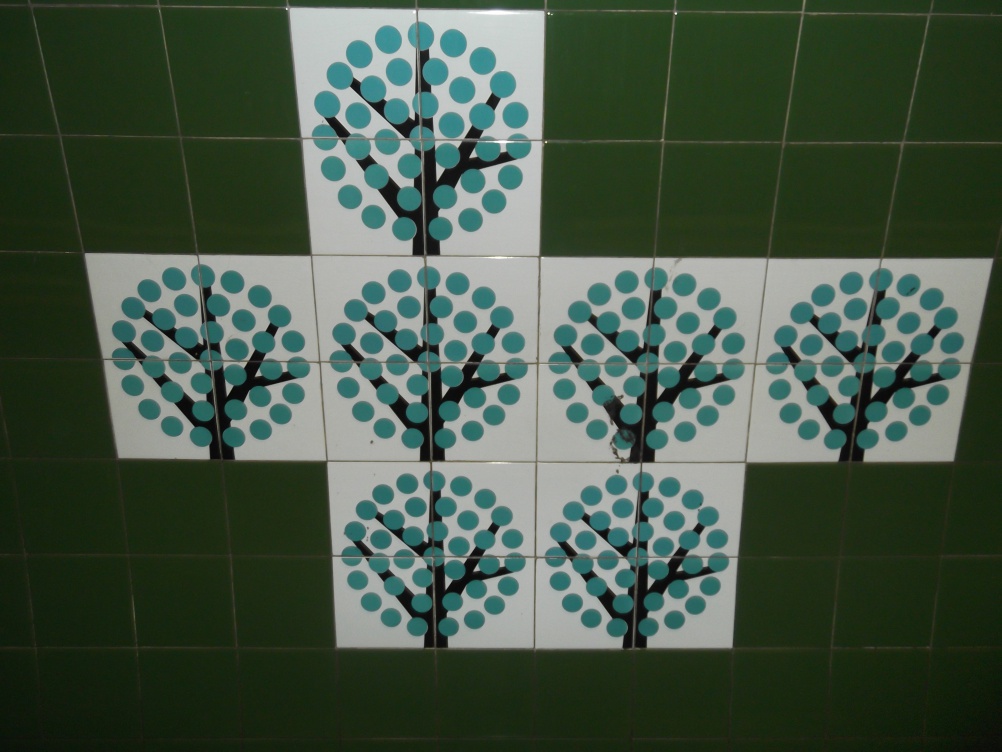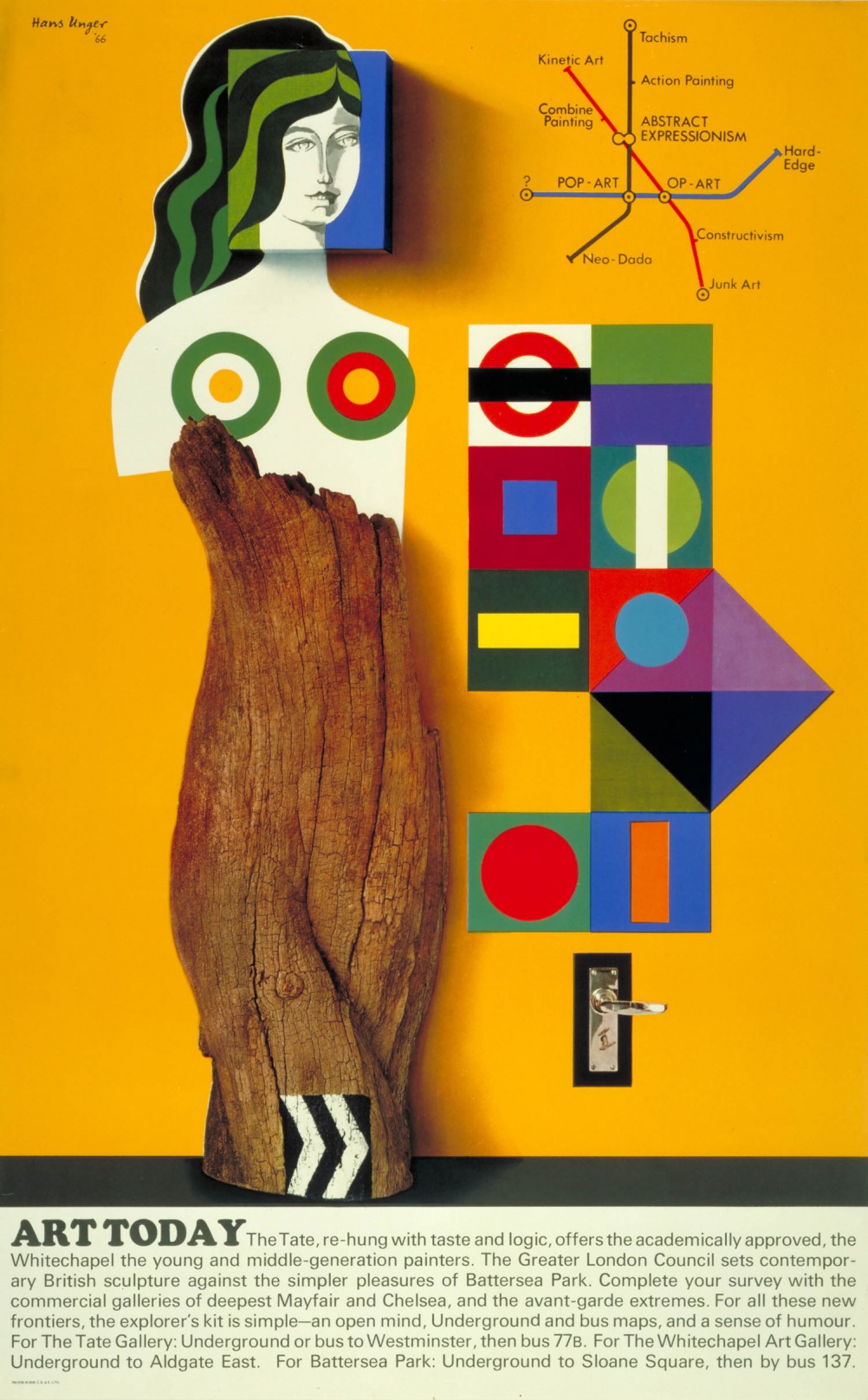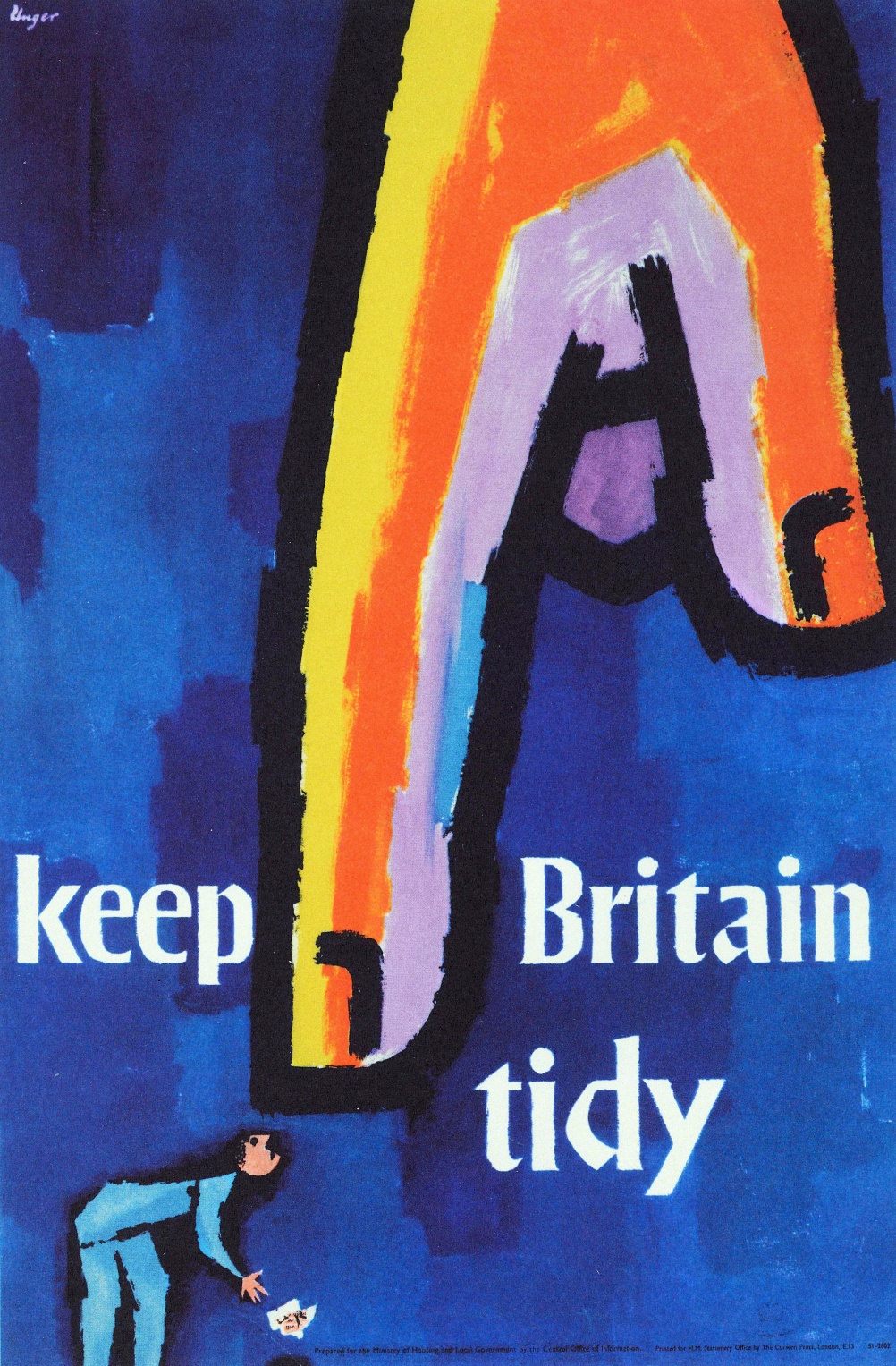100 years of Hans Unger
The centenary of the poster artist’s birth is being marked with a retrospective of his work.

An exhibition of work by poster artist Hans Unger is being held to mark 100 years since his birth.
Alongside contemporaries such as Abram Games and Tom Eckersley, Unger was one of the leading proponents of post-war poster design in the UK, working for the likes of Transport for London and The Observer and also creating book covers for Penguin.
He also worked on public-realm mural and stained-glass pieces, often in collaboration with artist Eberhard Schulze.
Trained as commercial artist
Unger was born in Prenzlau Germany in 1915 and studied poster design in Berlin – working for a time with renowned commercial artist Jupp Wiertz.
He emigrated to South Africa in 1936 and worked as a freelance designer in Cape Town before enlisting in the South African army during the Second World War. He was captured by the Italian army in North Africa but managed to escape from a prisoner of war camp.
In 1948 Unger moved to the UK and settled in Muswell Hill, north London. Here he became a prolific poster designer. His work can still be seen in the London Transport Museum and he also worked for clients including the Post Office, The Observer, BEA, the Bison Cement Company and Penguin Books.
New stained-glass technique
In the late 1950s he joined forces with Eberhard Schulze to form the Unger Mosaic Workshop, which created murals and stained glass.
He and Schulze developed a new stained-glass technique involving collages of coloured glass on clear panels, which were commissioned for churches and public buildings, including St Jude’s Church, Wigan, and the Pallottine Convent, Rochdale.
The studio also completed murals for Lewisham Town Hall and Brasenose College, Oxford, as well as stations on the Victoria Tube line.
Works at risk of neglect
Unger died in 1975 and his last work was a mosaic at the Royal Free Hospital, Hampstead, which aims to convey a sense of well-being and health through influences inspired, possibly, by scenes from London’s parks (including Hampstead Heath) on an English summer’s day. It was completed and installed by Schulze and unveiled after Unger’s death.
To mark the centenary of Ungers’ birth and exhibition is being held in Highgate, north London, close to where he lived.
The organisers say: “Part of the motivation for the exhibition was concern that some of the bigger public works – such as the large mosaic at the Royal Free Hospital, a mosaic at Brasenose College Oxford, and some of the stained glass windows he and Schulze did for churches and other institutions – risk suffering from neglect and even destruction due to lack of proper care and recognition.
Digital exhibition
“The group hope to be able collect and display personal reminiscences and biographical material about Hans Unger, so as to give an idea of him not just as an artist, but as someone who had a distinguished war record, and whose intelligence, artistic creativity and sense of humour were valued by his many friends.”
Alongside the physical exhibition, which will showcase posters and other works, there will also be a more comprehensive digital exhibition, showing works such as the murals that cannot be easily exhibited.
The Hans Unger Centenary exhibition is at the Highgate Society, 10A South Grove, London N6, from 10-25 October. For more information visit: hansungercentenary.co.uk.
You can read personal recollections of Hans Unger by Abram Games’ daughter Naomi Games on www.creativereview.co.uk.




-
Post a comment




